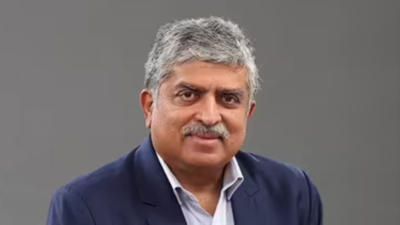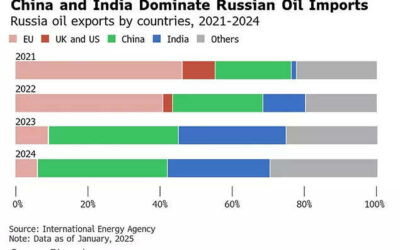‘Energy is next UPI’: Nandan Nilekani likely to spearhead India’s digital energy grid vision, aims to Cut power distribution costs by 25%

Infosys co-founder Nandan Nilekani is expected to lead a new task force focused on digitising and decentralising India’s power sector, according to officials familiar with the matter.If formalised, this will mark the second time the government has sought Nilekani’s expertise to shape reforms in the power domain.The proposed task force will operate under the Ministry of Power and be funded through the Revamped Distribution Sector Scheme (RDSS). A key goal of the initiative is to bring down generation, transmission, and distribution costs by up to 25%, an official said.In March, Nilekani had hinted at the transformation ahead for the energy sector, posting on X: “Energy is the next UPI! Millions of small producers will participate in the Digital Energy Grid (DEG)”.Earlier in February, the Foundation for Interoperability in Digital Economy (FIDE) and the International Energy Agency (IEA) released a whitepaper on the Digital Energy Grid. Nilekani co-authored the foreword of this report, which outlined a vision of decentralised energy production and trading, reported ET.The FIDE-IEA report proposed a future where households equipped with solar panels or EV batteries could generate, store, and trade energy, not just consume it. “In this world, millions of everyday citizens become active participants in the energy economy, transacting not just with the grid, but directly with each other over a shared digital mesh,” a statement from FIDE explained.A pilot for the DEG is expected to launch soon in Lucknow, Uttar Pradesh. It will be based on the Unified Energy Interface (UEI), a digital framework similar to the Unified Payments Interface (UPI), and aims to cut manual intervention in the power sector, potentially lowering costs for end consumers.





